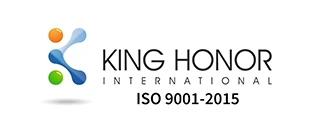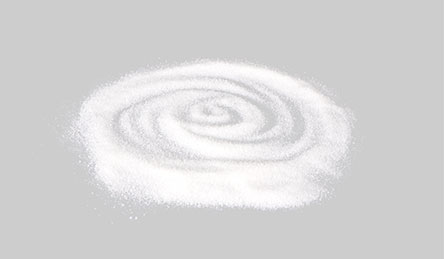
Search


Fischer tropsch wax is the most commonly used molding material. It was called the lost wax casting process in ancient China. This process requires less cutting after formation and can be used directly after fine processing.
The process of investment casting includes pressing the melted wax into a wax mold according to the design requirements, covering several layers of refractory materials on its surface, drying and forming the slurry, melting the wax mold with high-temperature steam, finally pouring the melted metal into the mold shell, and cooling and solidifying the metal in the mold shell. After de-shelling and cleaning, the precise and smooth casting is obtained.
The wax used in investment casting requires a melting point between 60℃ and 100℃, good fluidity, a softening point not lower than 35℃ to 40℃, less than 1% shrinkage rate, enough strength and surface hardness in a solid state, convenient recycling, good reusability, no pollution, abundant sources, and low prices.
The lost wax casting process is suitable for casting various types of alloy parts. It has the characteristics of high casting size precision, accurate shape, low surface roughness, and wide application range. It can also be used for objects that are complex to cast and inconvenient to process using other casting methods.
Emulsified wax substances are commonly used in sizing, printing, finishing, waterproofing, and other processes. In sizing, they can be used as softeners and sizing aids, significantly improving the softness and lubricity of fibers, reducing breakage rate, improving weaving efficiency and fabric quality. However, the selected fischer tropsch wax should be easy to remove in the post-processing.
In printing, a large amount of bleached cotton fabric is irregularly coated with wax according to the designed pattern and dyed with reducing dyes. The dyes only penetrate into the fiber where the wax layer is covered thinly. After the fiber is dried, the wax is removed, and the process is repeated depending on the pattern and color used.
In finishing, emulsified wax liquid can make the fabric have a silky soft high gloss.
In waterproofing, wax-based waterproof finishing agents are coated on the fabric to block the fine pores of the fabric and prevent water from passing through it. This can make the fabric waterproof, and raincoats and umbrellas are made using this process.
Fischer tropsch wax is mainly used for insulation and moisture-proofing of electrical equipment at room temperature. Because the electrical industry has extremely strict requirements for temperature, humidity, and voltage conditions, the selected wax type usually has a melting point higher than 55℃, low oil content, high relative capacitance, low dielectric loss, high resistance value, good flexibility, stretchability, and low thermal expansion coefficient.
In the electrical industry, wires, cables, or irregularly shaped metal surfaces are often directly coated with wax layers for insulation. Capacitors, cable terminals, and couplers often use fischer tropsch wax to fill the internal and surrounding space. The zinc shell of dry batteries can be sealed with wax or wax-impregnated paper, which can effectively reduce the shrinkage of the battery.
At KH, we are committed to providing you with the finest products that exceed expectations. Experience unmatched quality and innovation that will take your business to new heights. Don't miss out on this opportunity to enhance your success. Contact us now and let's embark on a journey of excellence together!